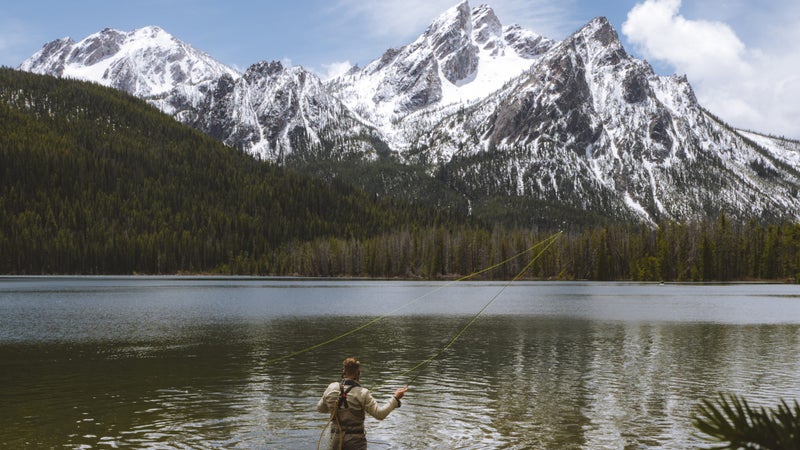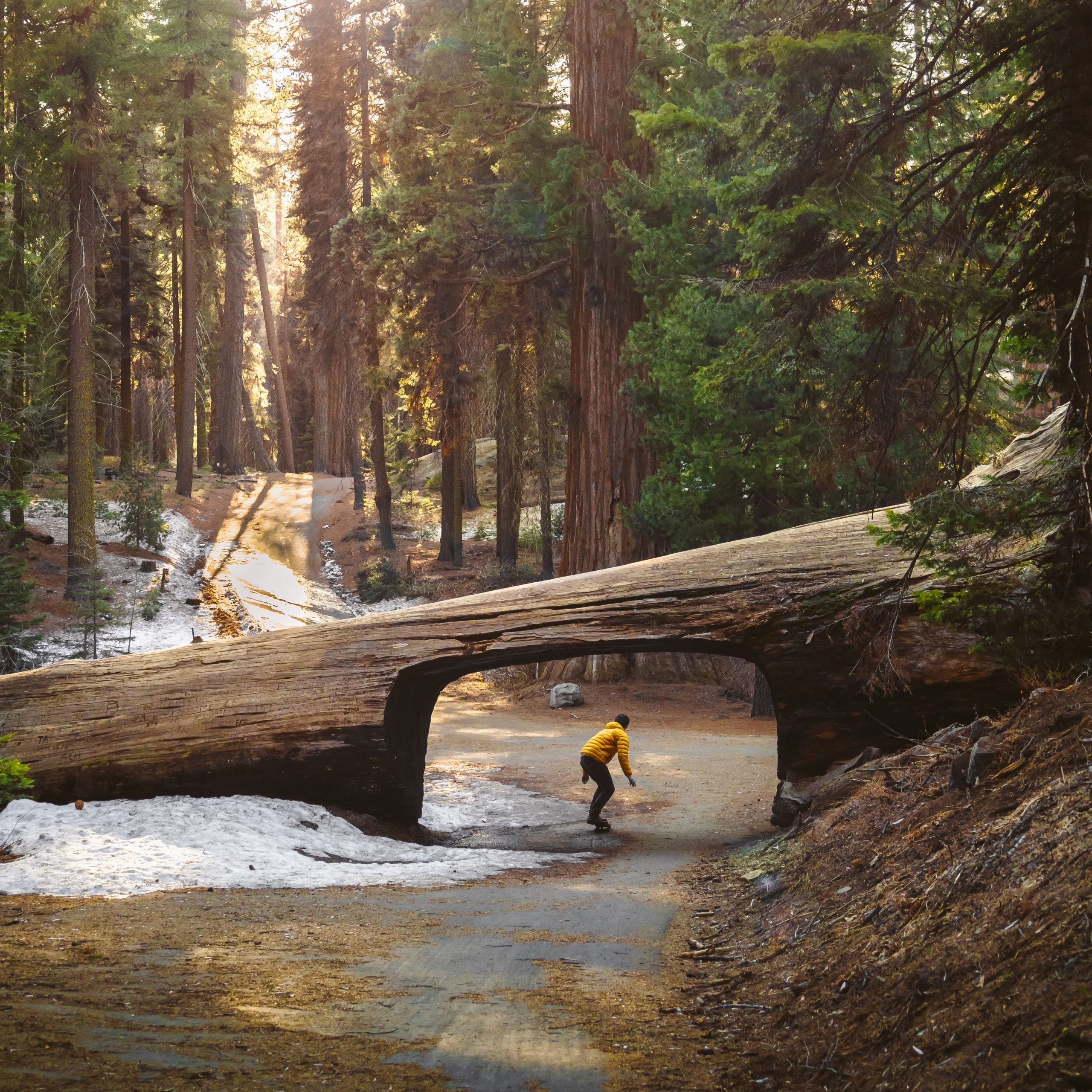It's challenging enough to snag the perfect shot when your subject is stationary, so it's no surprise that when you throw movement into the mix, things get even trickier. To help you crack the action-shot code, we asked a handful of Olympus photographers for their best advice. But why stop at action? If you're also interested in upping your wildlife or landscape game, head over to our interactive resource for all things adventure photography.
Know the Subject You're Shooting
Have a good understanding of the sport and the type of action you’re going to see. You want to know what a climber looks like while reaching for a hold and what a biker should look like when dropping over a boulder. “Know what trick they’re doing, where their face will be in the frame, and how to get yourself into the best position to capture the action the moment that it will be the most photogenic,” says Brooke Bartleson, Olympus Explorer.
Use a Higher Shutter Speed
If you’re trying to capture fast-moving sports like mountain biking, you’ll need a shutter speed that can keep up with the action. “Shutter speed is the key to action photography,” says Chris Poplawski, Olympus Explorer. “When in doubt, choose a higher shutter speed, which will allow you to capture the motion without blurring the subject.”

Make the Subject the Star
Forests surrounding trails can be visually busy, so you need to think about framing your subject in relation to the background. “Put them in a space where they’re going to stand out,” says Tyler Glass, Olympus Explorer. “Make sure no colors are clashing and that the colors they’re wearing will pop against the background. The viewer’s eye should see the person initially, then the image as a whole.”
Get Snap Happy
Getting a good action shot means taking that shot over and over, having your subject repeat the sequence multiple times. Be specific about where you want your subject to go, and try the shot from different angles. “You should shoot the same action several times so you get some variety when you get back to the computer,” Chris Poplawski says. “If you’re there to create something, it’s going to take some time.”
Go with the Flow
One of the biggest challenges of action photography is learning whether to shoot vertical or horizontal. The scene will often determine the orientation of the composition, and fighting it by shooting a vertical shot horizontally, or vice versa, will sacrifice key data. “Try not to force a composition on a scene,” says Lee Hoy, Olympus Educator. “You need to be able to read the scene and let it dictate the composition.” For example, if you’re shooting a kayaker slicing through the everglades, and there’s a heron above him, tall and relaxed, the scene wants a vertical composition.

